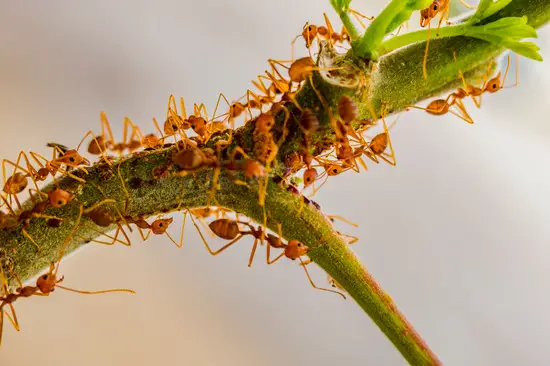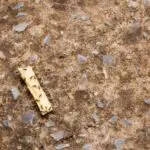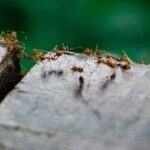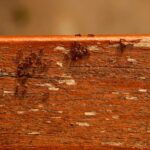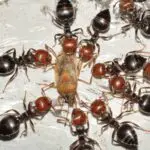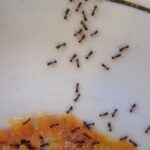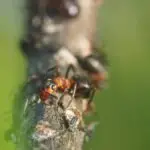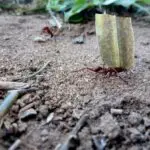Why Do Ants Have Teeth?
Despite the name, ants do not have teeth in the same way as humans. Instead, they have mandibles, which are external appendages that help ants with cutting, chewing, and moving.
These ant mandibles are designed to help ants attack predators, and they are also useful for feeding and processing food. They are strong, sharp, and have a flexible shape. This allows them to hold onto prey, and they can crush, cut, and move things. They can also pierce through skin and fiber.
The ant mandibles are composed of a mixture of heavy metal atoms, which prevent the mandible from blunting. These metal atoms are also distributed in an even pattern, which helps distribute the force of the bite evenly.
The ant mandible has two sections: a basal section and a masticatory section. These two sections are also divided by a basal angle. The masticatory section has a long transverse groove. There is a row of setae along the masticatory border.
The mandibular teeth are covered with a mix of proteins, zinc, and calcium phosphate crystals. The combination of these elements makes the teeth tough and durable, and it allows the teeth to form a sharp point. The tooth’s sharpness is maintained by the metal, which makes the teeth three times harder than they would be without zinc. The teeth are coated with a smooth blend of proteins that crisscross with zinc, which allows them to be sharp.
In addition, the atoms of zinc stay in an even pattern, which helps to keep the teeth sharp. This allows them to function effectively for an extended period of time.
